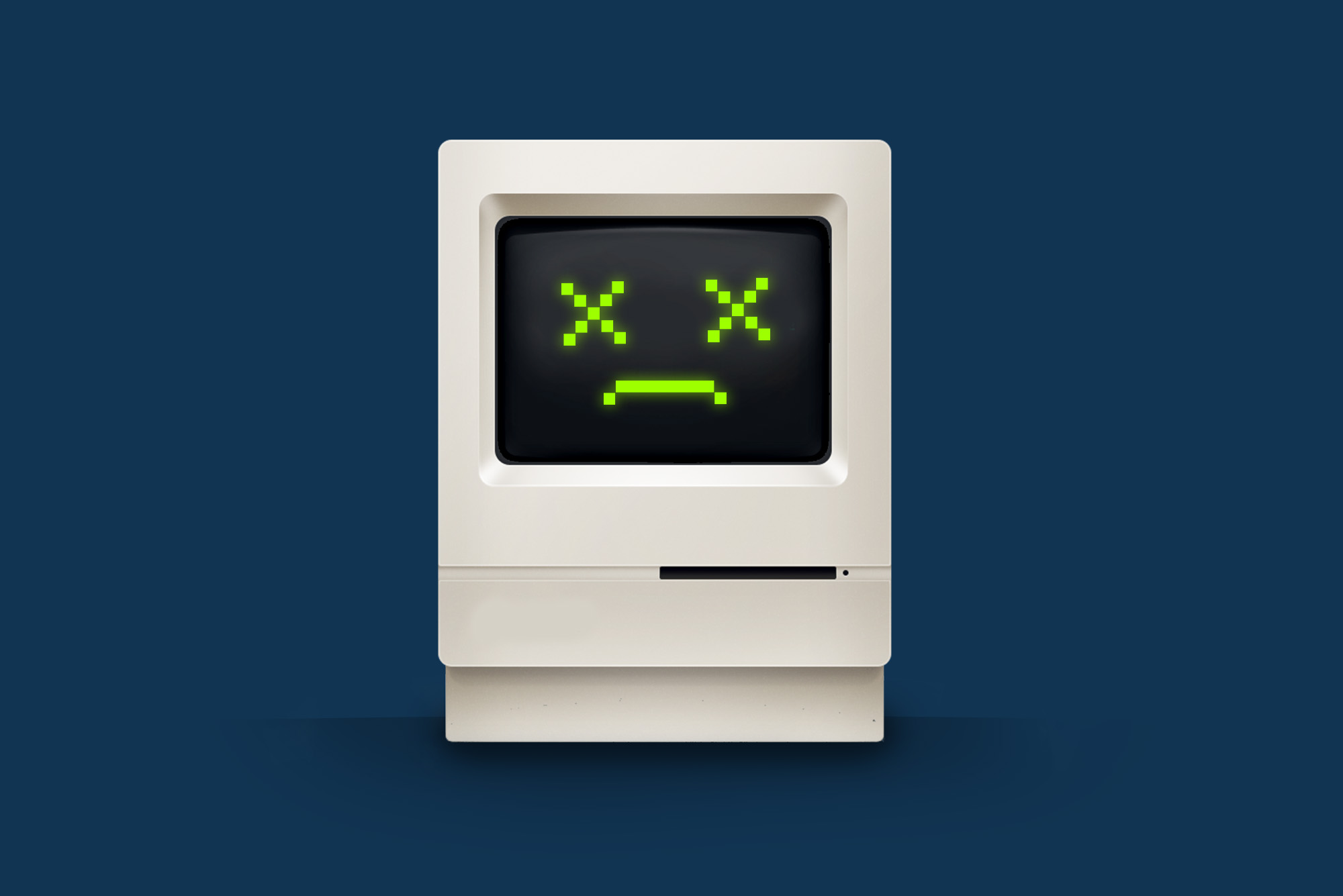As an aspiring developer, when you’re deciding which languages to start learning, it pays to focus on those that are highly in-demand by potential employers in the industry. There are also some dying programming languages that have lost their relevance, and beyond your own personal curiosity, there’s no reason to spend weeks of months getting to grips with them. Which programming languages are on their way out?
Objective-C
Objective-C is a programming language developed in the 1980s, and was the main language that Apple used for their macOS and iOS operating systems. But in 2014, Apple launched Swift, a general-purpose language designed to replace Objective-C (to be used for building iOS, macOS and watchOS apps).
Objective-C has experienced a steady decline since then, although there are still a lot of apps around today that were written in this language. It will take a while for Swift to make its predecessor obsolete, but it is sure to happen in the coming years.
Perl
Perl was first developed in 1987, and became really popular in the years that followed. The language once held a position in the TIOBE Index Top Ten, and has been used to build some of the biggest websites around, such as the American classified ad site Craigslist.
Perl’s popularity has declined significantly, and many programmers attribute this to the rise of Python, which has a cleaner, simpler syntax and is attracting more beginner developers. Python is in demand and more programmers are choosing to learn this language over Perl.
CoffeeScript
This is a younger programming language, released in 2009. CoffeeScript is designed to transcompile into JavaScript (meaning it takes the source code of a programme written in CoffeeScript as input, and uses it to create the equivalent source code in JavaScript).
Today, the advantages that previously came with CoffeeScript have been incorporated directly into JavaScript itself. This has made CoffeeScript far less relevant, and largely unnecessary for developers to learn. There has been a distinct drop in developer interest over the years.
COBOL
COBOL (common business-oriented language) was specifically designed for corporate use. First developed in 1959, this long-established language is something of a grandaddy in the business world, and many younger developers consider it a dinosaur.
Numerous large corporations still have COBOL codebases in place, and developers who have been working in COBOL for a while do have good salary prospects. However, it’s not recommended for new developers. As more corporations switch to cloud-based solutions and replace their tech stacks, a career in COBOL programming is becoming less viable.
Top programming languages to learn today
In contrast to these dying programming languages, there are a few languages that stand head and shoulders above the rest in the development industry. Employers are on the lookout for devs who can programme in Python and Java.
Python
Demand for Python developers increased by around 5000 job postings during 2017, and this trend has continued throughout 2018. It’s also been ranked #1 on the PYPL (PopularitY of Programming Language) Index.
Java
Java is a long-established language that’s relatively easy to learn, and widely used by large multinational companies. 90% of Fortune 500 companies today choose Java for their backend development, and all apps developed for Android devices are Java-based.
The fastest way to learn top coding languages online
To learn these relevant coding languages and more, sign up for an online coding bootcamp and get the skills you need to get you noticed by prospective employers.
The HyperionDev Software Engineer Bootcamp covers Python and Java, as well as object oriented programming. Secure your place in one of these online courses and get the grounding you need to launch your career in development.


